THE PACIFIC MEDALS OF HONOR: The “Other” Battle of Midway: First Lieutenant George H. Cannon, U.S. Marine Corps

Prompted by world events, Congress authorized an expansive base-development plan in the American Pacific territories resulting from a naval board review led by Rear Admiral Arthur J. Hepburn in 1938. Pan American Airways had already built facilities for their famous “China Clipper” transpacific air service on Midway Atoll five years earlier. By 1940, a partnership between the Navy and civilian construction forming Contractors Pacific Naval Air Base had begun building facilities for two patrol airplane squadrons, a seaplane base, and support facilities on Sand Island along with land runways on Eastern Island within Midway Atoll. By 1 September 1940, the Midway Detachment, Fleet Marine Force from the 3d Defense Battalion arrived to assist in the base establishment in support of then-current War Plan ORANGE, with the rest of the battalion arriving by February 1941. Naval Air Station Midway would be commissioned on 1 August 1941. The 6th Defense Battalion would replace the 3d Defense Battalion in September 1941.
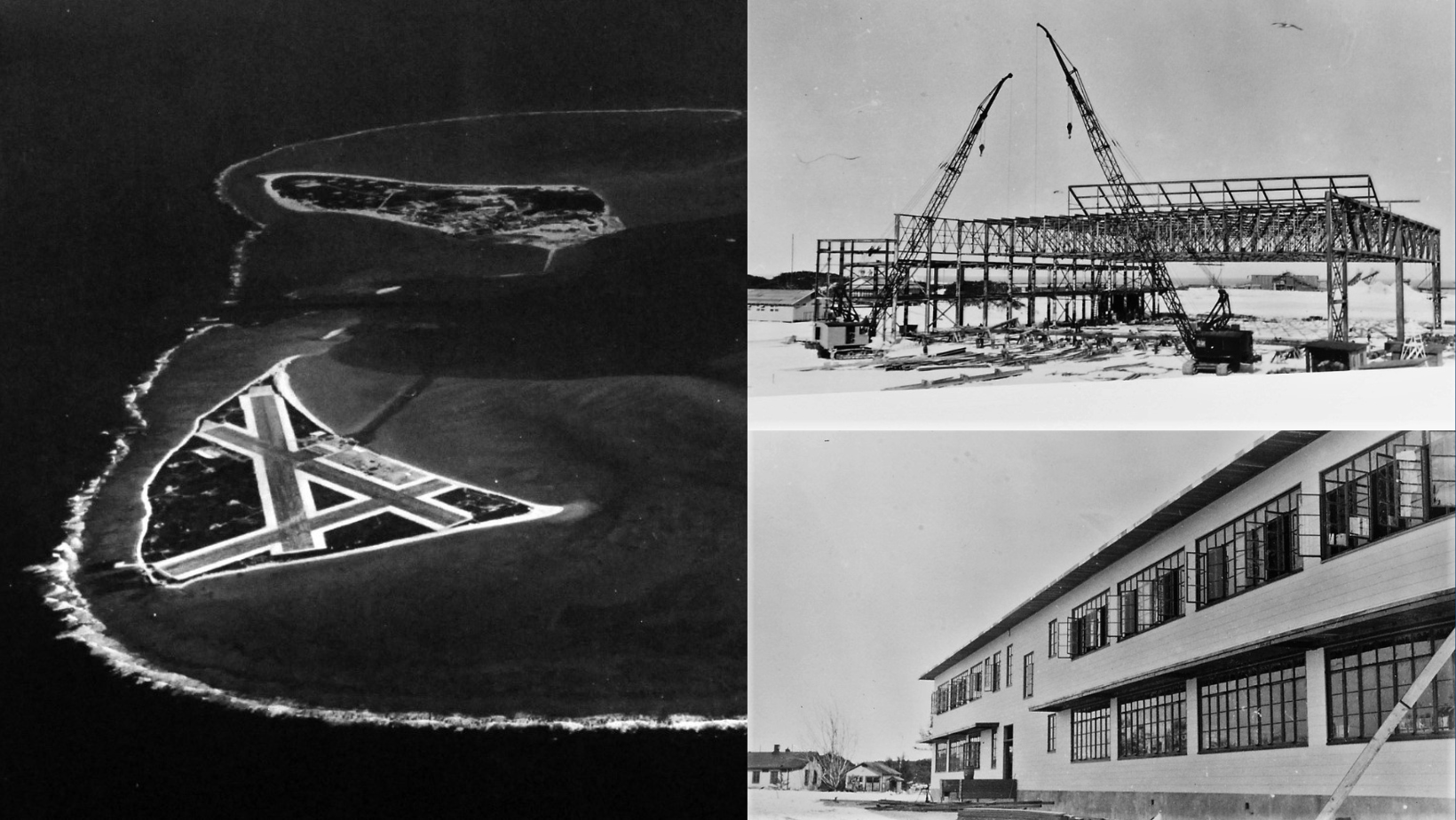
Among the Marines stationed with the 6th Defense Battalion tasked to establish the atoll’s defensive positions and help with the final construction was 1LT George Ham Cannon, USMC. Cannon was born 5 November 1915 in Webster Groves, MO, the son of Benjamin and Charlotte Estelle (Ham) Cannon and one of three children. They later moved to Detroit, MI, where George graduated from Southeastern High School in 1932. He attended the Culver Military Academy in Culver, IN, prior to entering the University of Michigan at Ann Arbor where he was a member of the Reserve Officers Training Corps. He graduated with a Bachelor of Science degree in Mechanical Engineering in June 1938 and resigned an earlier commissioning in the U.S. Army Engineer Reserve to accept a commission as second lieutenant in the Marine Corps on 25 June 1938.
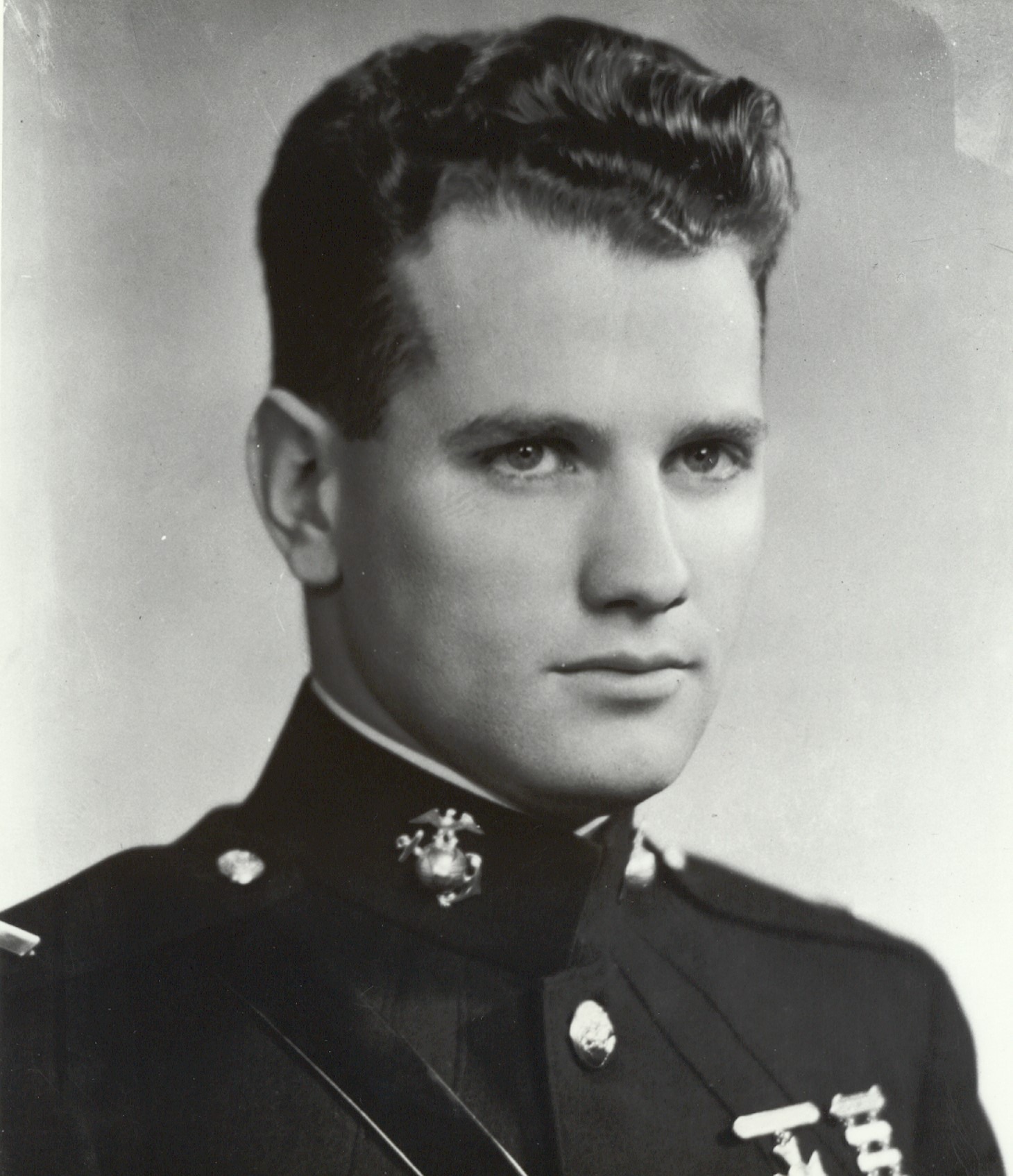
Cannon reported for duty at the Philadelphia Navy Yard while he waited for a billet to open for an upcoming class at the Basic School. After completing his training in May 1939, he reported aboard the light cruiser USS Boise (CL-47). By July 1940, he was assigned to Post Service Battalion at Marine Barracks, Quantico, VA and shortly entered training at the Marine Corps Schools. Following his completion of the 10-month Base Defense Weapons Course, he reported to Midway on 7 September from San Diego via Pearl Harbor with the 6th Defense Battalion and was assigned as the Battery Commander of Battery H and was a member of the Battalion Coding Board.
During the uneventful first week of December 1941, the forces on Midway unloaded a cargo ship and improved their gun emplacements. Marine dive-bombing squadron VMSP-231 was scheduled to fly into Eastern Island on 7 December. In the early hours that fateful Sunday morning, ground crews were preparing two PBY Catalina aircraft to escort the squadron to the atoll when a “Z” signal arrived from Hawaii at 6:30 a.m. Midway time (9:00 a.m. Hawaii time).
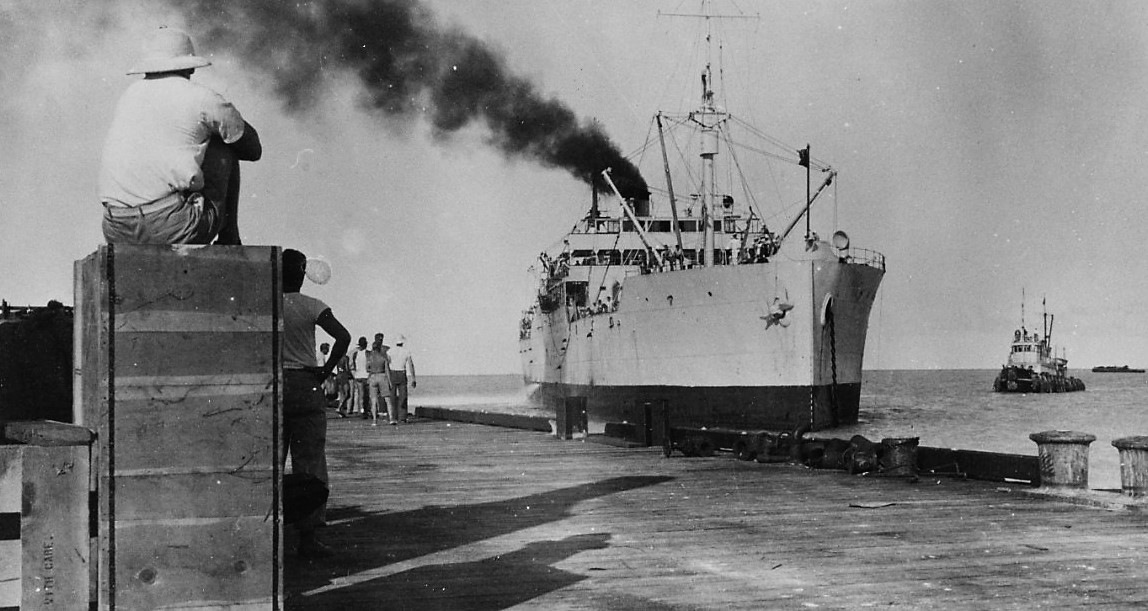
At first, the Midway forces thought the officer-on-duty, 2LT William R. Dorr, Jr., USMC, was joking about the attack on Pearl Harbor until an Army Signal Corps detachment received the same message. American forces quickly began to prepare for an attack on Midway realizing that the Japanese fleet had to return to Japan from Hawaii and was possibly nearby. The 6th Defense Battalion went to “General Quarters.”
Japanese Navy Admiral Chūichi Nagumo’s Pearl Harbor Striking Force did have a “Midway Neutralization Unit” that departed Tokyo Bay on 1 December 1941 separately to protect its post-attack fleet returning northward as it passed west of Midway.
Its two 1,800-ton destroyers, the Sazanami and the Ushio, were under the command of Captain Kaname Konishi. Both ships had rendezvoused with the Shiriya, a fleet tanker assigned to them and sailed another 15 miles towards Midway, arriving at the atoll from the southwest at around 9:31 p.m. on 7 December. Both ships began shelling the island on their first firing run sailing northeastward; their barrage would last 54 minutes and include a second, closer firing run. Battery A would be hit, but Battery B on Eastern Island and Battery D on Sand Island would return fire, damaging the Ushio.
Four minutes after the initial shelling began, the ships had bracketed the power plant on Sand Island. A 5-inch shell deflected off the base laundry building and entered an air vent of the adjacent “bombproof” command post, communication, and power plant building where 1LT Cannon and his men were on the second floor. Cannon and three of his men were injured by the combination of the blast and flying shell fragments. Communications were down due to the enemy fire.
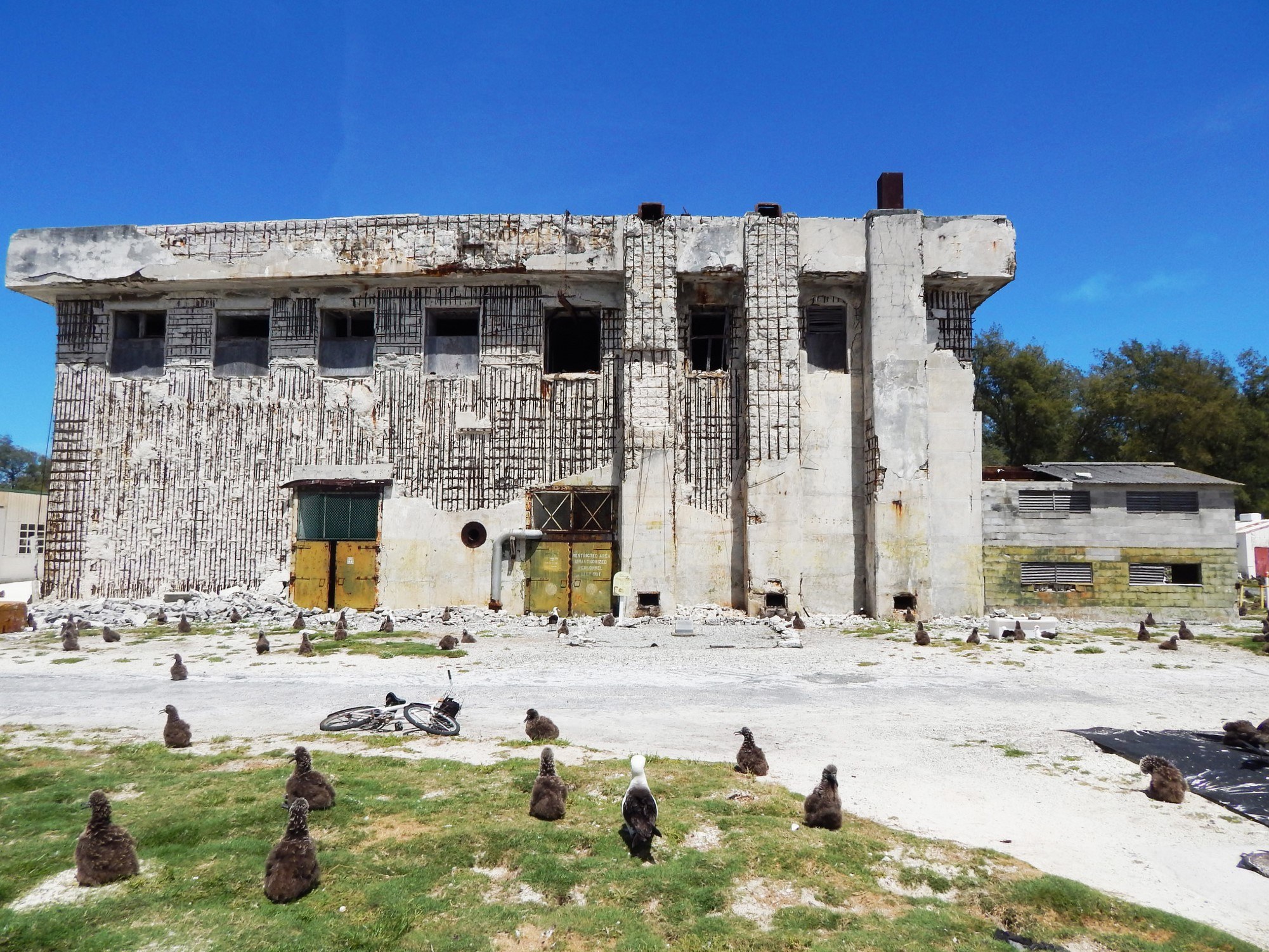
Cannon refused medical aid and, disregarding his own condition, would direct the reorganization of his command post and restoration of communications at the station. Communications specialist Corporal Harold R. Hazelwood, USMC, injured with a fractured leg and in severe shock restored the damaged switchboard into operation. Hazelwood would later be awarded the Navy Cross for his actions.
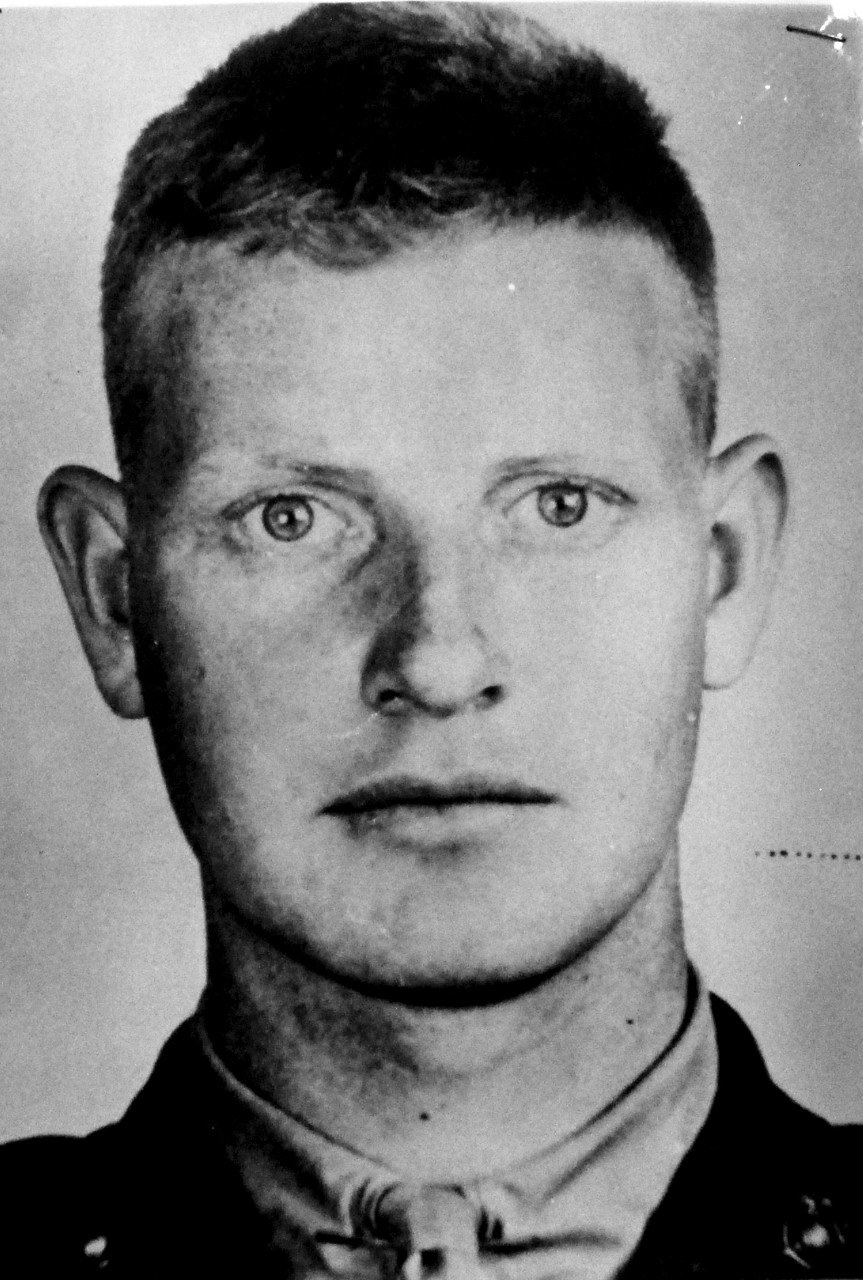
Cannon remained until his injured men wounded by the same shell had been evacuated and had to be forcibly removed from the post; by then his extensive injuries would prevail and he would die from the loss of blood.
1LT George H. Cannon would be the first Marine to receive the Medal of Honor during World War II.
In his memory, the destroyer escort USS Cannon (DE-99) was launched on 25 May 1943 by the Dravo Corporation shipyard in Wilmington, DE, and was sponsored by 1LT Cannon’s mother. It would be commissioned on 26 September 1943 would report for service to the U.S. Atlantic Fleet.
Originally interred at Halawa Cemetery in Honolulu, HI, 1LT Cannon was reinterred in 1947 at the National Memorial Cemetery of the Pacific (Punchbowl) in Honolulu at his mother’s request.
His command post is preserved on Midway Atoll National Wildlife Refuge as part of Battle of Midway National Memorial operated by the U.S. Fish and Wildlife Service. The location is part of Papahānaumokuākea Marine National Monument, a World Heritage Site.
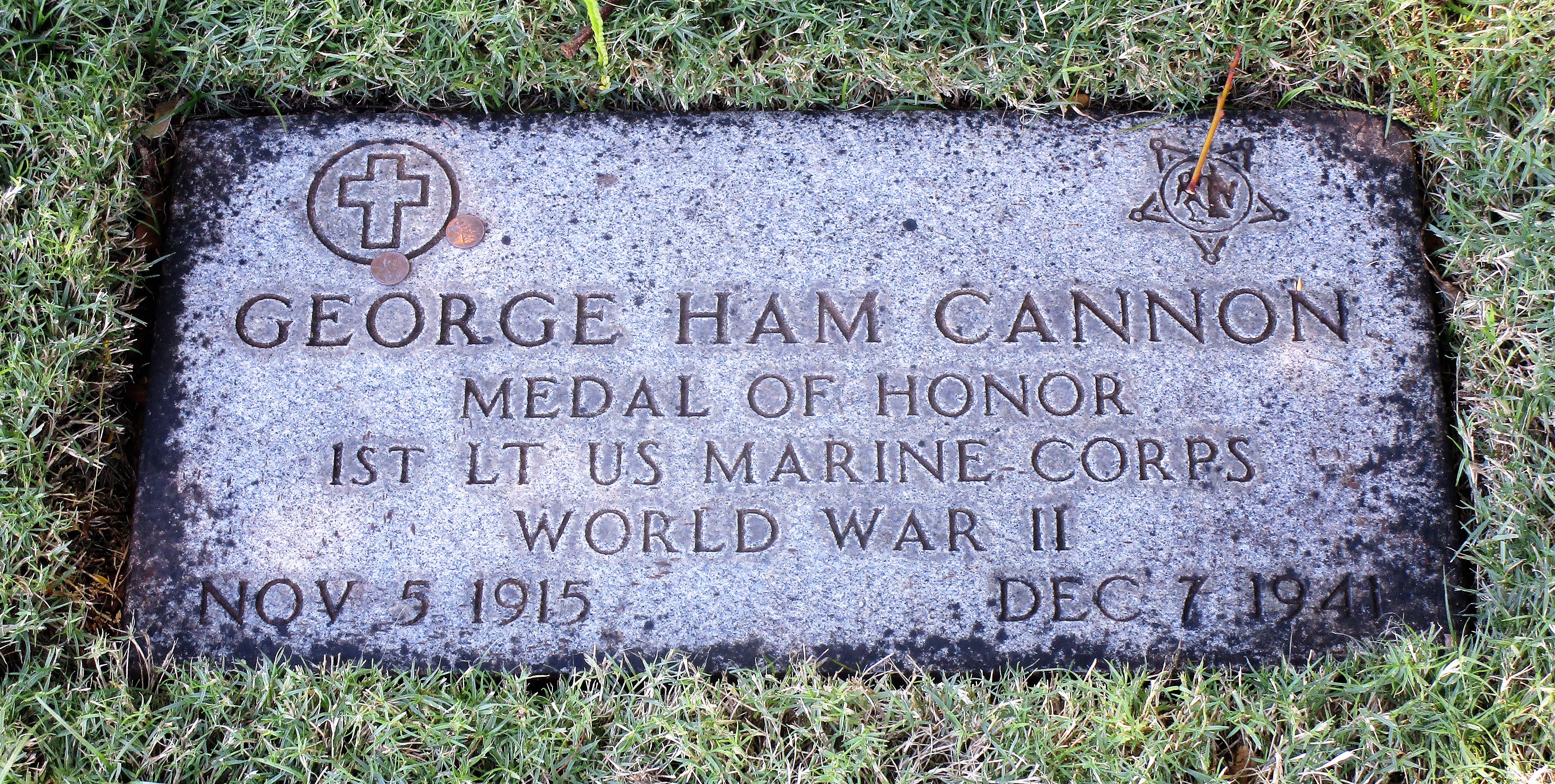
Sources: “First Lieutenant George Ham Cannon, USMC (Deceased),” Marine Corps University; “World War II Facilities at Midway,” National Park Service; GAO-16-382 “Management of Midway Atoll: June 2016” US Government Accountability Office; Battle of Midway National Memorial, US Fish & Wildlife Service; US Naval Operations in World War II, Vol. III: The Rising Sun in the Pacific, 1931-April 1942” by Samuel Eliot Morison; “Japanese Attack on Midway Island,” National Museum of the U.S. Navy, Naval History and Heritage Command; Find-a-Grave Memorial: charlotte-estelle-cannon; “First Bombardment of Midway,” Wikipedia; “Marines at Midway” by LTCOL Robert D. Heinl, USMC, U.S. Marine Corps Historical Section, 1948; “CONDITION RED: Marine Defense Battalions in World War II” by Major Charles D. Melson, Marines in World War II Commemorative Series, Marine Corps Museums & History Division.
Contributor
Kent Knudson is a volunteer with the Museum and a longtime member of the Admiral Nimitz Foundation.



